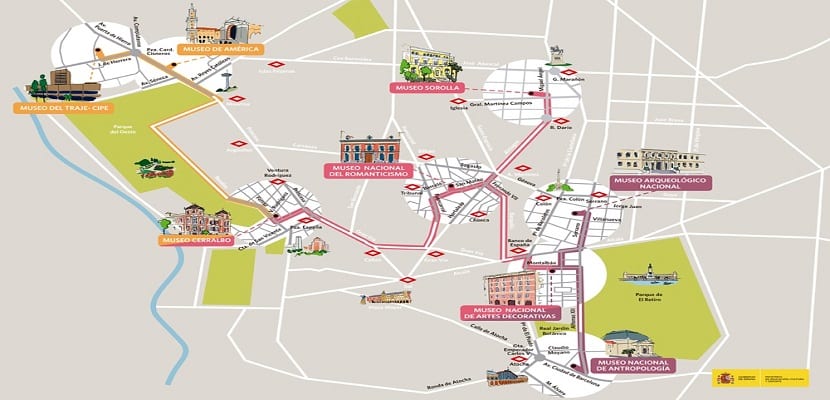
On the Paseo del Prado in Madrid you will find what is popularly known as the 'art triangle' or the 'art walk', a route of three museums in which one of the most important pictorial heritages in the world is concentrated: the Prado Museum, Reina Sofía Museum and Thyssen-Bornemisza Museum.
Every year they are visited by thousands of people but not only from the 'art triangle' lives Madrid. In the capital of Spain there are many museums of the most varied themes.
Recently, five museums under the Ministry of Education, Culture and Sports have come together to present an alternative route on art around the city: Five museums, another Madrid.
But, what museums make up this peculiar route and how is this new cultural itinerary proposed by the capital carried out?
Origin of the route
The germ of the 'Five museums, another Madrid' route is found in 2012, the year in which the museums that make up the itinerary began to carry out a series of joint actions to make themselves known and promoted on a tourist and cultural level.
Museums that make up the route
This route proposes visiting five museums full of history and art. It is not only an opportunity to get to know the collections they keep but also to admire the beauty of the buildings.
National Museum of Decorative Arts
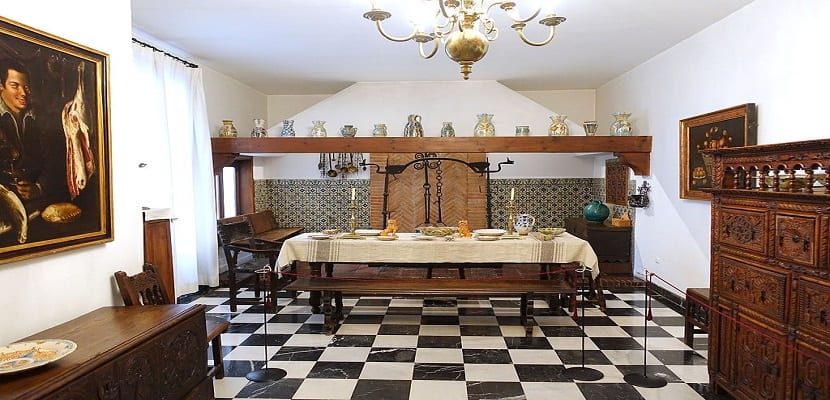
Dedicated to the daily life of the past and present, it has a permanent collection that immerses the visitor in the intimacy of rooms from other times. On the other hand, the temporary exhibitions are dedicated to contemporary design and young or established artists from our environment.
The building of the National Museum of Decorative Arts was commissioned at the end of the 20th century by the Duchess of Santoña for the summer. However, it was never used for this purpose and was rented until the 1932s, when it was dedicated to the Higher School of Education. It was in XNUMX when it became the National Museum of Decorative Arts. Since then, the current palace has undergone various modifications, while respecting its original appearance.
Cerralbo Museum
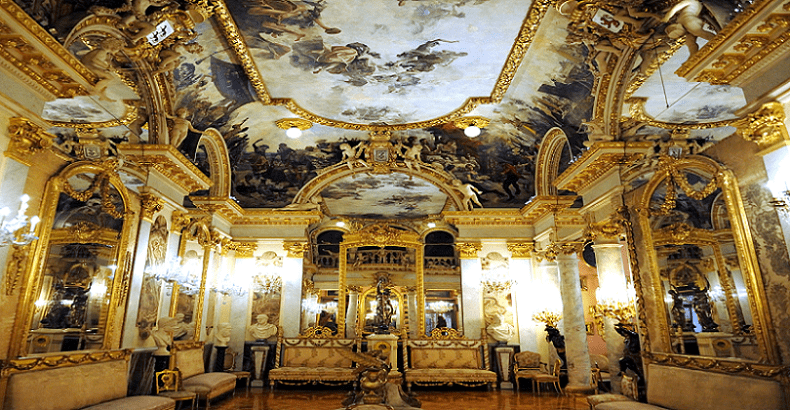
This museum shows what the original decorative setting of an aristocratic residence from the end of the XNUMXth century looked like. The collection that houses the Cerralbo Museum is made up of antiques, paintings and sculptures (1845th-1922th centuries) bequeathed to the State by Enrique de Aguilera y Gamboa, Marquis of Cerralbo (XNUMX-XNUMX), passionate about archeology and culture.
Like the National Museum of Decorative Arts, this palace was built as the usual residence of the Marquis. The works were completed in 1893 and its interior decoration has rococo and neo-baroque elements. Its beautiful garden is in a landscape or English style from the XNUMXth century and one of the best kept secrets of the capital.
Lázaro Galdiano Museum
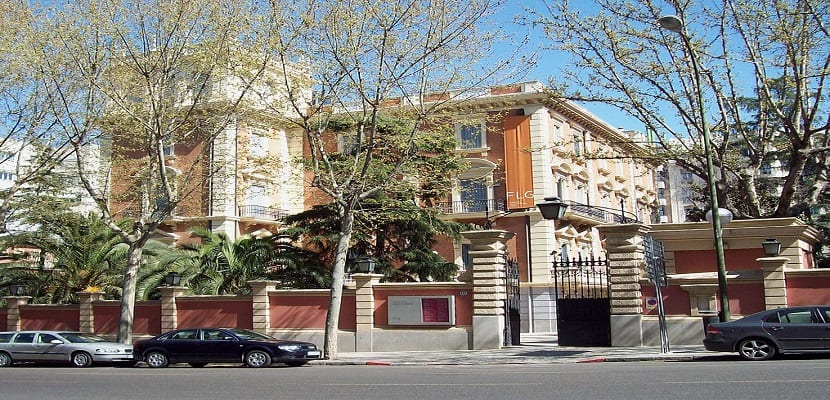
Located in an old mansion on Calle Serrano, the Lázaro Galdiano Museum exhibits an excellent collection of art that includes works by Zurbarán, Bosco, Goya or El Greco as well as bronzes, ceramics, crystals, textiles, medals and weapons of great value.
Its creation is due to the editor and collector José Lázaro Galdiano who, between the XNUMXth and XNUMXth centuries, launched the literary magazine La España Moderna.
The Lázaro Galdiano Museum is in charge of exhibiting, conserving and disseminating its wonderful art collection in what was its former residence, which also served as a setting for literary gatherings. in which famous writers such as Rubén Darío, Miguel de Unamuno or Emilia Pardo Bazán participated.
Museum of Romanticism
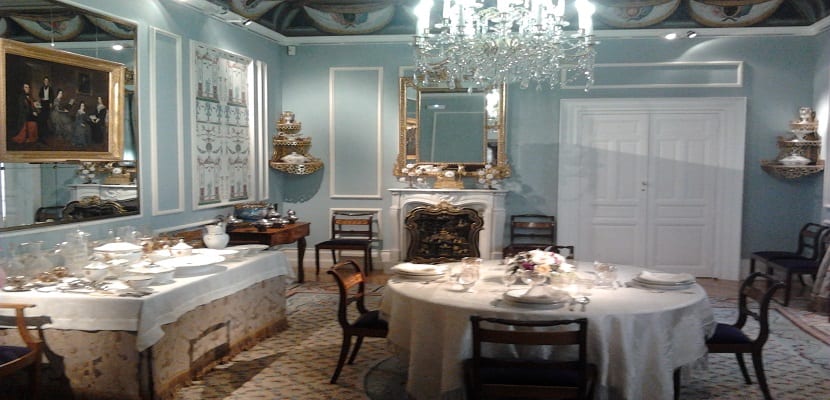
It was created by Benigno de la Vega-Inclán y Flaquer, Marqués de la Vega-Inclán (1858-1942) with the name of Museo Romántico and opened its doors in 1924 to display pieces and works belonging to the founder, although it also received deposits and donations.
The Museum of Romanticism closed in 2001 for various renovations. It was in 2009 when it reopened under its current name. This museum proposes a trip to the XNUMXth century to observe what life was like at that time for the bourgeois class. In this way, the visitor can stroll through the ballroom, the dining room, the private rooms of the lords of the house or the garden, a place full of tranquility.
Works by Goya, Madrazo and the Bécquer brothers, ceramics from Sargadelos and Sèvres, a collection of porcelain dolls, Empire or Elizabethan style furniture and the pistol with which Larra committed suicide, serve to recreate the atmosphere of Romanticism.
Sorolla Museum
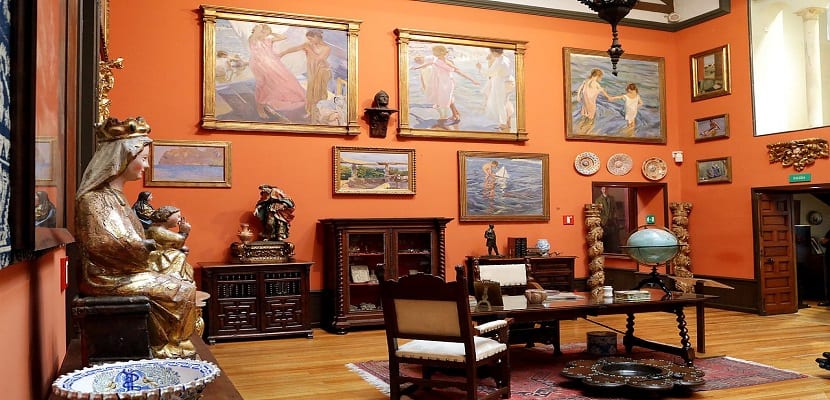
Located in the Chamberí district, the Sorolla Museum was created at the express wish of his widow, Clotilde García del Castillo, after the death of her husband. In 1925 the family all their assets to the Spanish State to found a museum in his honor in what was the artist's home and workshop.
The Sorolla Museum is dominated by the artist's work and the objects he collected while alive. In addition, since 1982 it has been increased with acquisitions made by the State to complete the collection.
The house was built in 1911 and was a personal project of Joaquín Sorolla. Inside you can see the collection of drawings he made about how his home and its garden should be.
How can the route be carried out?
For the joint visit of these museums, a voucher has been created that can be purchased for 12 euros at the ticket offices of each of them and will allow the five venues to be visited in 10 days.